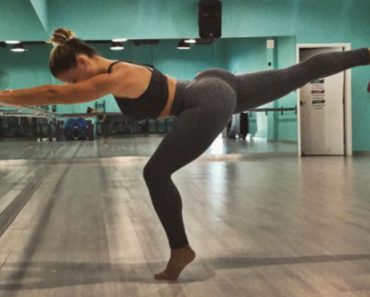
Weight management comes down to simple math: calories in minus calories out. But if you’re keeping track of your diet and exercise and still missing your goals, you might be getting some parts of the equation wrong.
We tend to overestimate how many calories we’ve burned and underestimate how much we’ve consumed, making it difficult to hit those weight-loss goals. And even when you’re carefully tracking your meals and activity, you may be expending less energy than you think.
Check out these six reasons your calorie burn might be smaller than you’ve estimated:
1. YOU’RE OVERESTIMATING YOUR WEEKLY BURN
It’s important not to approach every day thinking you can indulge with your food because you’ve put in a big, calorie-torching workout — or assume every gym day will yield a big calorie deficit. An hour of strength training could end up burning around 200–300 calories, compared with about 500 calories burned during a long run. It could be helpful to think of your daily calorie burn as a weekly average. Going into the week, it’s a good idea to know what workouts you’ll do and factor those calorie burns into your eating plan.
2. YOUR EXERCISE EQUIPMENT MIGHT BE LYING
You hop on that treadmill, elliptical or cycling machine and watch the “calories” number tick up. Before you celebrate with a cheeseburger, remember these machines are often inaccurate, especially if you don’t input your weight before you start the workout. Everyone burns calories at a different rate depending on weight, heart rate and form, which means your favorite exercise machine may tell you you’re burning way more calories than you really are.
READ MORE > 3 KEYS FOR WEIGHT LOSS YOU NEED TO KNOW NOW
3. YOU’RE AN ACTIVE COUCH POTATO
Sure, you had a great hourlong workout this morning, but your intense cardio session can’t offset the effects of sitting all day at work. Find ways to incorporate standing or walking into other parts of your daily routine beyond your workout. Send emails from a standing desk, watch your TV shows while cleaning instead of from the couch, or make your next meeting a walking one.
4. YOU’RE DOUBLE DIPPING
If you log your workouts or sync your activity tracker with MyFitnessPal, it will add your calorie burn from exercise to your total daily calorie allotment. But if you also have your activity level set to “active” to account for your weekly workouts, the app is already factoring in those daily sweat sessions. To better assess your calorie burn in the gym, adjust your MyFitnessPal settings to “sedentary” and factor in the calories burned during exercise to that baseline. (Check out some of the discussion on this topic in the MyFitnessPal community forums.)
5. YOU’RE GETTING BETTER AT WORKING OUT
As you get in better shape and adapt to your training, your body will burn fewer calories in the gym. That’s a credit to you because it takes less effort to do the same workout when your body becomes more efficient. Keep track of the workout routines you’re doing, and increase intensity or distance every few weeks to continue progressing.
6. YOU’VE LOST WEIGHT
This is similar to the previous point. When you drop pounds, your smaller body takes less energy to move around. Everything from doing dishes to running a marathon burns fewer calories. This is a great sign of progress, but it also means you may need to increase your estimated calories burned per day or adjust your calorie intake to continue losing weight.
The post Why You’re Burning Fewer Calories Than You Think appeared first on Under Armour.
(via MyFitnessPal Blog)






